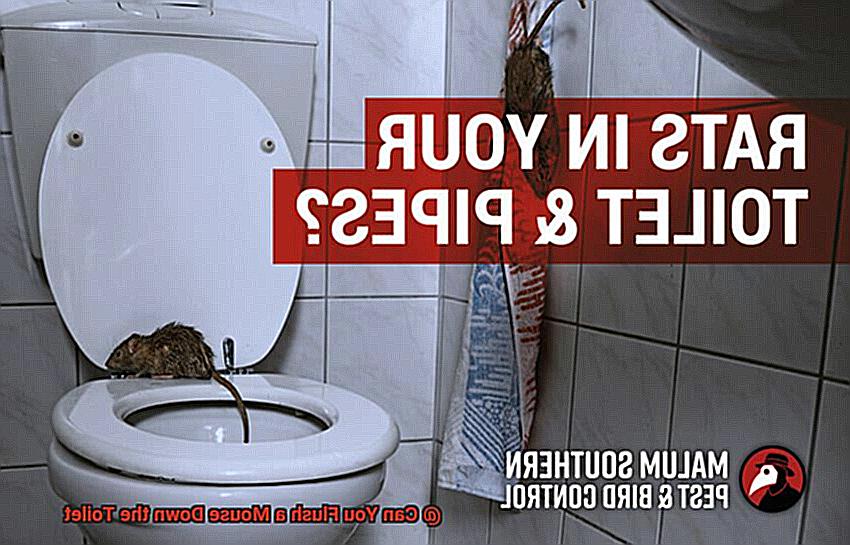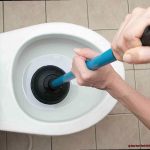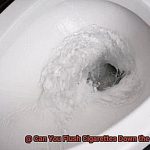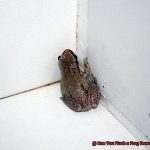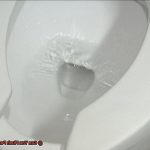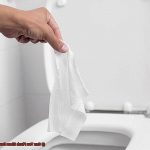Have you ever wondered if flushing a mouse down the toilet is a viable option? It’s a question that has piqued the curiosity of many, but the answer is far from straightforward.
On one hand, it may seem like an easy way to get rid of pesky rodents. After all, toilets were designed to dispose of waste, right? But before you attempt this method, there are several factors to consider. Is it humane? Will it actually work? And most importantly, is it safe for your plumbing?
In this blog post, we’ll delve into the science behind flushing mice down the toilet. We’ll explore how toilets function and whether they can handle the size and weight of a mouse. Additionally, we’ll discuss the potential dangers of attempting to flush a live animal – including the risk of clogging your pipes and harming the environment.
So before you resort to using your toilet as rodent control, read on to discover everything you need to know about whether or not you can really flush a mouse down the drain.
Contents
Is it Possible to Flush a Mouse Down the Toilet?
Well, technically it is possible, but let’s take a moment to consider the consequences before resorting to such an inhumane and potentially damaging solution.
Firstly, flushing a live mouse down the toilet can cause significant plumbing problems. The force of the water could cause the mouse to become trapped in the pipes, leading to blockages and expensive repairs. Even if the mouse does make it through the pipes, it could end up in a septic tank or sewage treatment plant where it poses a risk of causing further problems.
Secondly, flushing a mouse down the toilet is not a humane way to dispose of the animal. The force of the water can cause the mouse to drown or suffer greatly, leading to a slow and painful death. We must remember that mice are living creatures that deserve compassion and respect.
Lastly, flushing a mouse down the toilet could pose a health hazard. Mice carry diseases and parasites that could contaminate the water supply, posing a risk to human health.
Instead, there are more humane and effective ways to deal with a mouse infestation. Traps can be set up to capture and release mice safely back into the wild, or professional exterminators can be called in to deal with the problem. These methods not only ensure that the mice are treated with respect but also avoid any potential damage to your plumbing system or health hazards.
Reasons Why Flushing a Mouse Down the Toilet is Not Recommended
It’s understandable to want to get rid of these pesky critters as quickly as possible. However, flushing mice down the toilet is not recommended for several reasons. Let’s explore them together.
It’s Inhumane and Cruel
Flushing a mouse down the toilet is a slow and painful death for the animal. They will struggle to stay afloat as they try to escape the rushing water until they eventually drown. As humans, it’s our responsibility to treat all living creatures with respect and kindness. Instead of resorting to such a cruel method, try using humane traps to catch and release the mice.
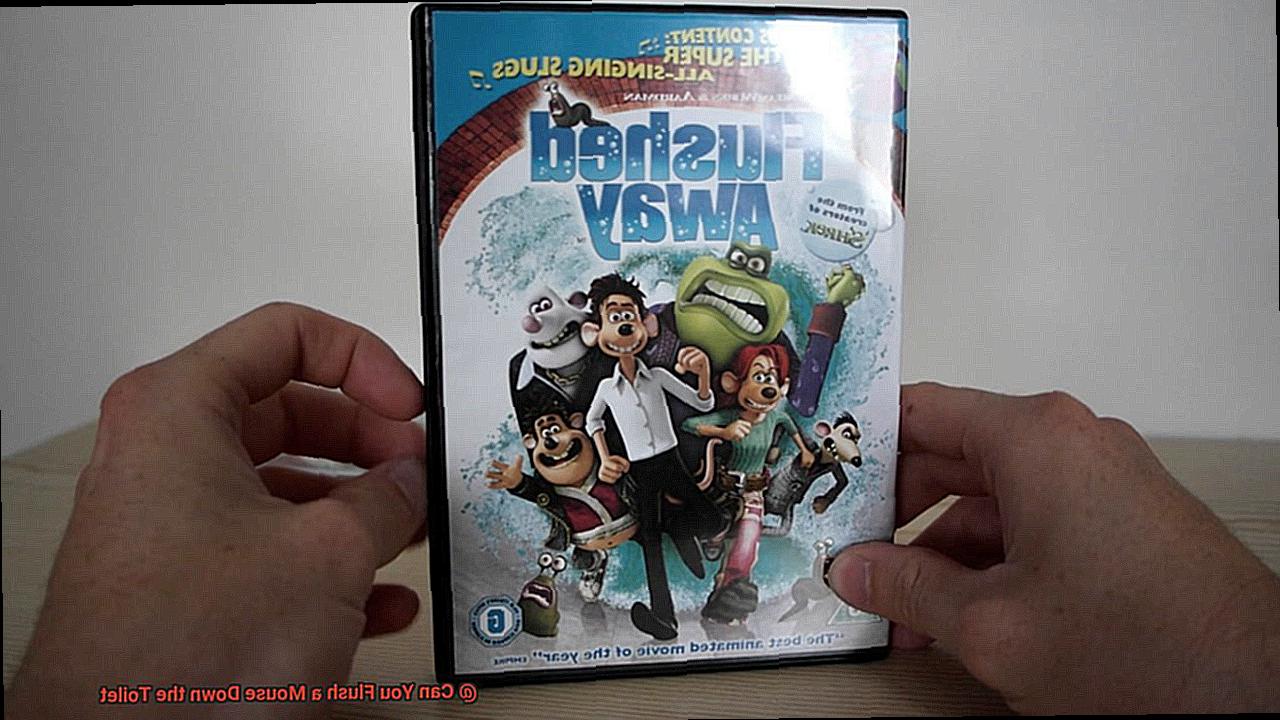
It Can Cause Plumbing Issues
Mice are not meant to be flushed down the toilet. They can get stuck in the pipes, causing blockages that lead to expensive repairs. Moreover, the bacteria from their bodies can contaminate the water supply, posing health risks for humans and animals alike.
It’s Illegal in Many Places
In various states in the US and countries around the world, flushing animals down the toilet is considered animal cruelty and is illegal. It can result in fines or even imprisonment. It’s essential to treat all living creatures with respect and follow local laws and regulations.
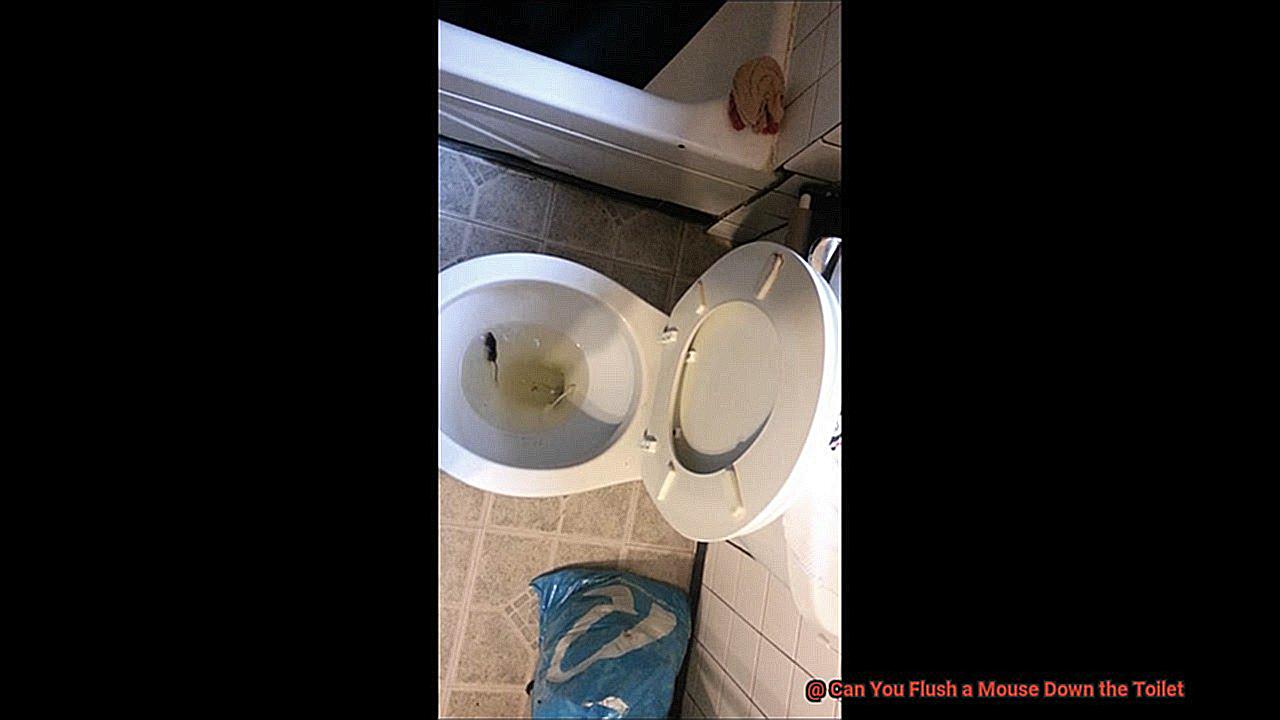
It Harms the Environment
Flushing a mouse down the toilet can harm the environment. The waste goes into the sewer system and eventually ends up in our waterways, which can have negative impacts on aquatic life and ecosystems.
There Are More Humane and Effective Ways
Instead of flushing mice down the toilet, there are more humane and effective ways to remove them from your home. Use humane traps or call a professional pest control service to safely remove rodents from your home.
Potential Damage to Plumbing System
While it may seem like a simple solution to rid your home of these critters, it can cause significant damage that could cost you in the long run.
Firstly, the size of a mouse is too big to pass through the narrow pipes of your plumbing system. If you try to flush a mouse down the toilet, it will get stuck in the pipes, leading to blockages and clogs. This not only causes unpleasant odors but can also lead to sewage backup in your home, creating a health hazard.
Moreover, the U-shaped pipe that connects your toilet to your plumbing system, aptly named a trap, is designed to prevent sewage gases from coming back up into your home. If a mouse gets lodged in this trap, it could cause an unpleasant odor and even lead to sewage backup in your home.
Lastly, if you have a septic tank, flushing a mouse down the toilet can cause damage to your septic system. A mouse can obstruct the inlet or outlet pipes of your septic tank, preventing waste from properly leaving your home. As a result, sewage backups can occur, creating potential health hazards for you and your family.
Ethical and Humane Considerations
Dealing with a mouse infestation can be frustrating and overwhelming, but it’s important to remember that all living creatures, no matter how small, deserve to be treated with respect and dignity. Flushing a mouse down the toilet may seem like a quick fix, but it’s actually an inhumane and illegal solution that can harm both the environment and the mouse.
Not only is flushing a mouse down the toilet cruel, but it can also introduce harmful chemicals and pathogens into the water system. It’s important to consider alternative methods for dealing with mouse infestations that are safe for both the environment and the animals. One option is to use humane traps that allow you to catch the mice without causing harm. Once caught, you can release them back into the wild far away from your home. Another option is to seek professional pest control services that specialize in safe and humane removal of pests.
Even if you are able to successfully flush a mouse down the toilet, it’s not a guarantee that the creature will die instantly or painlessly. In fact, it’s likely that the mouse will suffer greatly before eventually succumbing to its injuries. This is not a humane or ethical way to deal with any living creature.
Health Hazards of Flushing a Mouse Down the Toilet
Dealing with a mouse infestation can be overwhelming, but flushing them down the toilet is not the answer. In fact, it’s a practice that poses serious health hazards and ethical concerns.
Flushing a live mouse down the toilet is cruel and inhumane. It causes unnecessary suffering to the animal, which is not only unethical but also illegal in some areas. Even if the mouse is dead before being flushed, it can still contaminate the water supply with harmful bacteria and viruses, such as salmonella and E.coli. Additionally, if the mouse has been poisoned, flushing it can release toxic chemicals into the water supply, putting both humans and other animals at risk.
It’s crucial to note that flushing any kind of animal down the toilet is not recommended. Not only does it harm the animal, but it can also harm humans and the environment. Instead, consider using humane traps or seeking professional pest control services that specialize in safe and compassionate removal of pests.
Other Humane Methods for Disposing of Mice
While it may be easy to resort to harmful methods like flushing them down the toilet, it’s important to remember that these little creatures are living beings and deserve to be treated humanely. Luckily, there are several humane methods for disposing of mice that can safely remove them from your home without causing harm.
One of the most popular and effective methods for removing mice is by using live traps. These traps are designed to capture mice without harming them, allowing you to release them back into the wild. Live traps come in a variety of sizes and designs and can be easily found at most hardware stores. It’s important to check the traps frequently to ensure that the mice do not suffer from hunger or dehydration while in the trap.
Another humane method for removing mice is by using repellents. Repellents come in various forms, including sprays, granules, and electronic devices. They work by emitting an unpleasant odor or sound that causes mice to leave the area. However, it’s important to note that not all repellents are effective on all types of mice, so it’s crucial to do your research before purchasing a product.
If you do choose to use repellents, make sure to follow the manufacturer’s instructions carefully and avoid products that contain harmful chemicals. Always keep these products out of reach of children and pets, and use them in a well-ventilated area.
Conclusion
In the end, flushing a mouse down the toilet may seem like an easy fix for troublesome rodents, but it’s anything but simple. It’s not only cruel and inhumane but also potentially disastrous for your plumbing system and harmful to the environment. Additionally, it poses serious health risks to both humans and animals alike.
Rather than resorting to such a barbaric method, there are numerous humane and effective ways to handle a mouse invasion. Traps can be set up to capture and safely release mice back into their natural habitat, or professional exterminators can be called in to tackle the issue. These methods not only ensure that the mice are treated with dignity but also prevent any potential damage to your plumbing or health hazards.
It’s crucial to keep in mind that all living creatures deserve kindness and consideration, no matter how small they may be. Flushing mice down the toilet is not only illegal in many places but also unethical. There are more humane ways of removing them from your home without causing harm.
Ultimately, prioritize compassion and safety for all living beings involved when dealing with a mouse infestation. Opt for humane methods of disposing of mice that don’t pose any risk to yourself or the environment.

